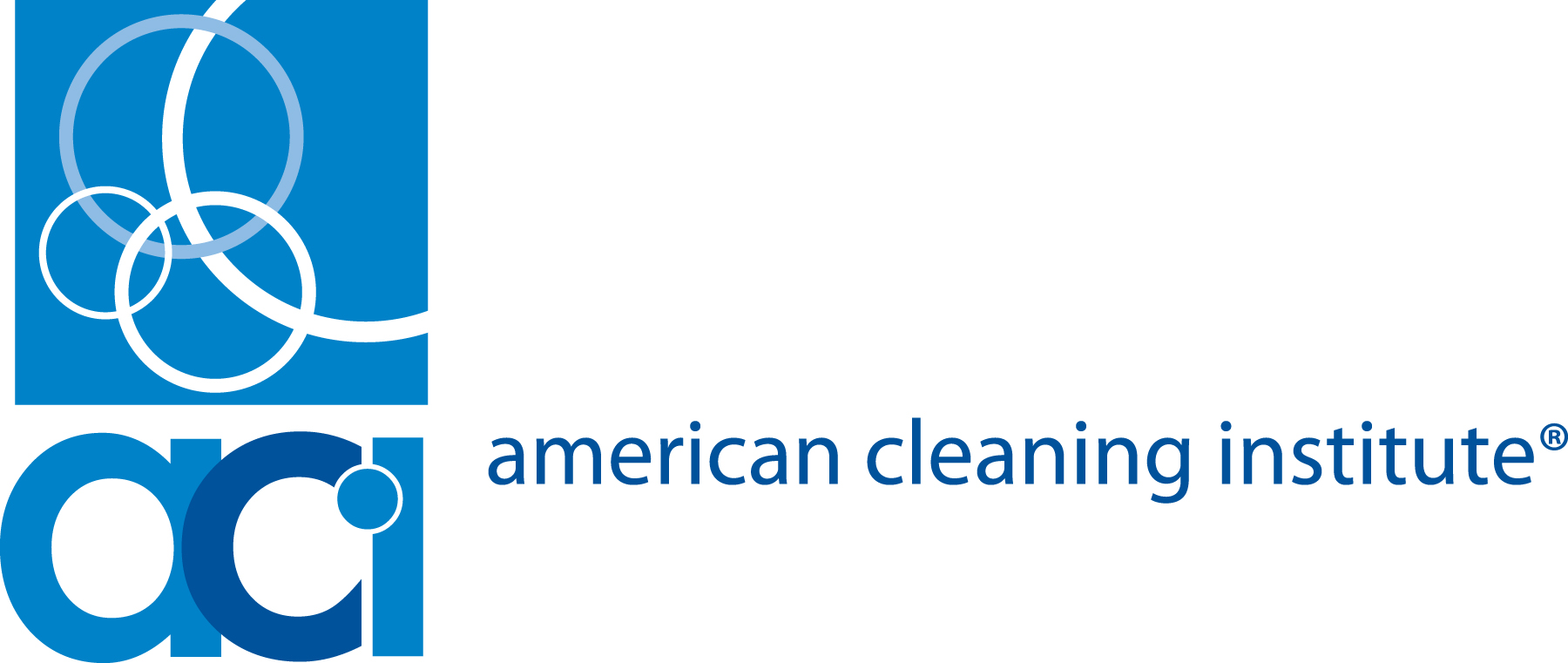Newswise — The increased prevalence of contagious skin infections, the threat of pandemic flu and the upcoming cold season prompted The Soap and Detergent Association (SDA) to issue its second Clean Hands Report CardSM, giving America a "C-minus" , a downgrade from 2004, when the country received a "C."
"It's more important than ever that people understand that clean hands save lives," said Nancy Bock, SDA Vice President of Education. "It's the places we're at everyday where we need to protect ourselves the most " at home, at work and at school " anywhere we come in contact with other people's germs."
Among the findings of SDA's 2006 National Cleaning Survey:
· 68% of respondents don't wash their hands long enough to effectively remove germs and dislodge dirt (worsened from 54% in 2004). The Centers for Disease Control and Prevention (CDC) and SDA recommend washing with soap for at least 20 seconds.
· 36% surveyed seldom or never wash their hands after coughing or sneezing (slightly improved from 43% in 2004). One of the most common ways people catch colds is by rubbing their nose or eyes after touching someone or something contaminated with the cold virus.
· 31% don't always wash before eating lunch (similar to 2004). That means germs that from money, door handles and the lunch counter could attract more bugs than just ants to the picnic.
The Report Card surveyed Americans on basic hand hygiene practices, such as washing before a meal, after using the bathroom, and after coughing or sneezing. The Report Card not only measured how often Americans wash daily, but for how long, and revealed perceptions of hand hygiene. (A summary of the Survey's other findings are available at www.cleaning101.com/handhygiene).
More Education Needed
According to the CDC, cleaning our hands is the single most important thing we can do to keep from getting sick and spreading illness to others. Of those surveyed by SDA, only 50% believe that hand washing is the number one way to prevent colds and flu. And, 31% of respondents wash their hands fewer than seven times on an average day.
Ninety-two percent of Americans surveyed said they always washed their hands after using the bathroom, while five percent said they frequently washed, and three percent said they seldom or never washed. There may be a major gap between what people say and what they do.
A 2005 observational study commissioned by SDA and the American Society for Microbiology found that just 83% of people washed their hands after using a public restroom.
Refresher course on proper hand hygiene!
How-to Wash Your Hands to Effectively Remove Germs
1. Wet hands with warm running water prior to reaching for the soap, either in bar or liquid form.
2. Rub hands together to make a lather. Do this away from running water, so the lather isn't washed away.
3. Wash the front and back of your hands, between your fingers and under the nails. Continue washing for 20 seconds or more.
4. Rinse hands well under warm running water.
5. Dry hands thoroughly with a clean towel or air dryer.
6. Hand sanitizers or gels or wipes are useful alternatives if soap and water are not available (for example, when traveling in the car or taxi on the way to a business meeting, before eating an in-flight meal or snack, outdoor work settings, etc.)
While routine hand washing is recommended throughout the day, according to SDA, hand washing is vital:
· before preparing food; · when eating meals and snacks;· after using the restroom;· after touching animals; · when hands are dirty; and · when you or someone around you is ill.
SDA, which has been educating the public about health and hygiene issues since 1926, offers a range of resources for parents, educators, and students at its website: http://www.cleaning101.com.
The Clean Hands Report Card(SM) was based on a survey of 1008 American adults (508 men and 500 women). The independent consumer research study was completed in August-September 2006, on behalf of The Soap and Detergent Association (SDA), by International Communications Research (ICR). The survey has a margin of error of plus or minus 3.1 percent.
The Soap and Detergent Association (http://www.cleaning101.com), the U.S. Home of the Cleaning Products IndustrySM, is the non-profit trade association representing manufacturers of household, industrial, and institutional cleaning products; their ingredients; and finished packaging; and oleochemical producers. SDA members produce more than 90 percent of the cleaning products marketed in the U.S. The SDA is located at 1500 K Street, NW, Suite 300, Washington, DC 20005.
